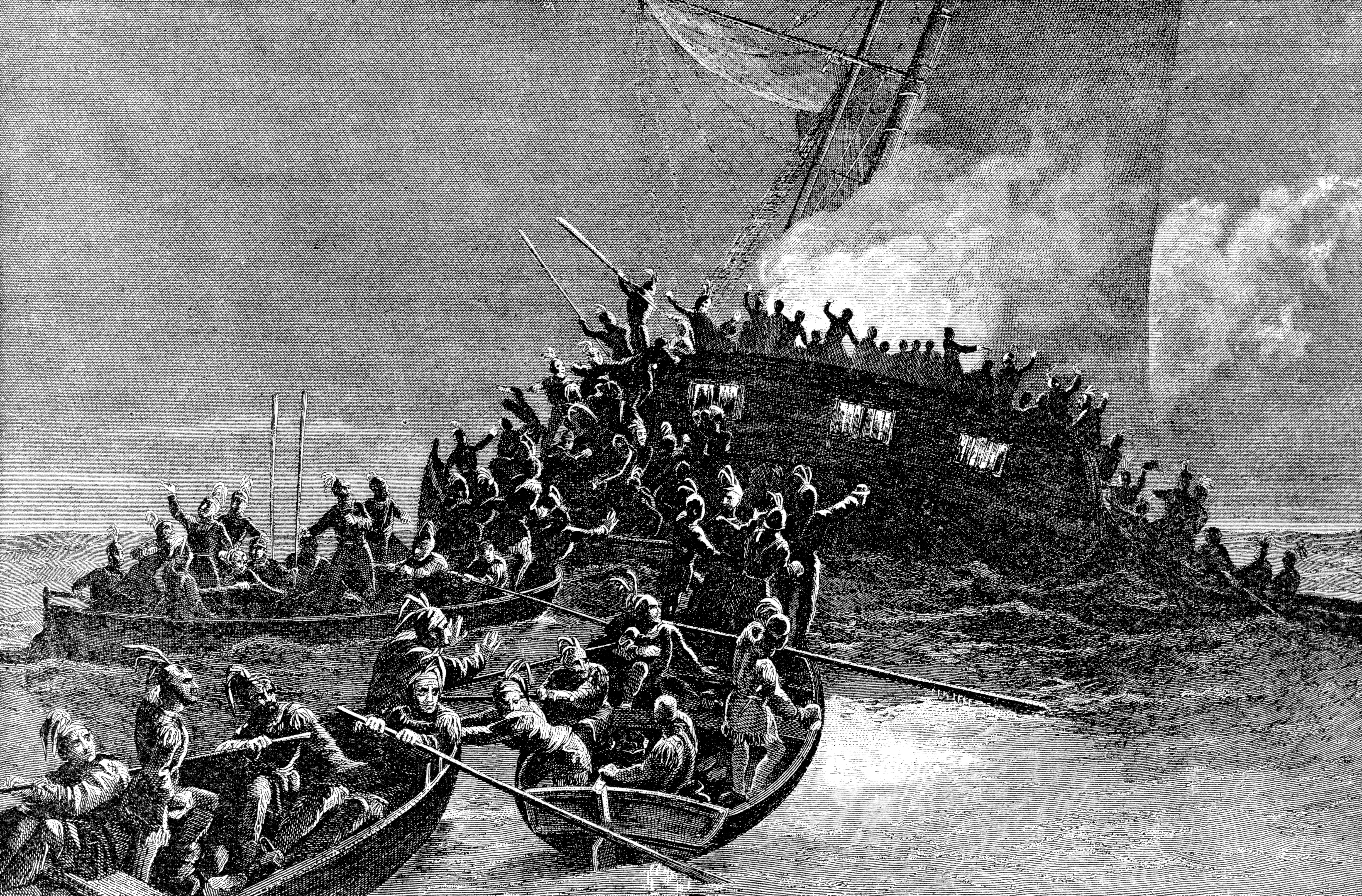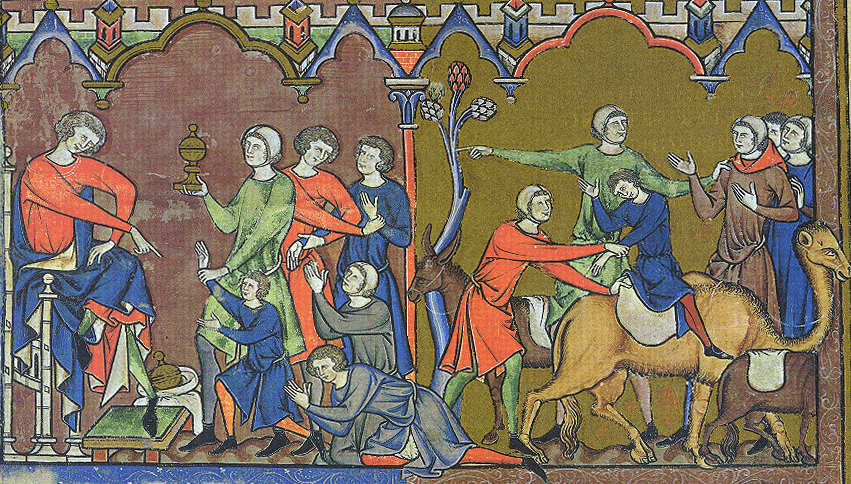|
Benjamin Green (merchant)
Benjamin Green (July 1, 1713 – October 14, 1772) was a merchant, judge and political figure in Nova Scotia. He served as administrator for Nova Scotia in 1766 and from 1771 to 1772. Early life He was born in Salem Village (later Danvers, Massachusetts), the son of the Reverend Joseph Green and Elizabeth Gerrish, and entered business with his brothers in Boston. In 1737, he married Margaret Pierce. Career He was secretary to William Pepperrell, who led the attack against Louisbourg in 1745, and served as treasurer for the forces from New England and secretary for the council that administered Louisbourg after its capture. In 1749, he went to Halifax, where he was named to Edward Cornwallis's Nova Scotia Council and also served as naval officer. (Greene named his son Edward Cornwallis in honour of the governor.) Green was also judge in the vice admiralty court; he resigned in 1753. In 1750, he became secretary to the Council and provincial treasurer. Green was named a ... [...More Info...] [...Related Items...] OR: [Wikipedia] [Google] [Baidu] |
Danvers, Massachusetts
Danvers is a New England town, town in Essex County, Massachusetts, United States, located on the Danvers River near the northeastern coast of Massachusetts. The suburb is a fairly short ride from Boston and is also in close proximity to the beaches of Gloucester, Massachusetts, Gloucester, Ipswich, Massachusetts, Ipswich and Revere, Massachusetts, Revere. Originally known as Salem Village, the town is most widely known for its association with the 1692 Salem witch trials. It was also the site of Danvers State Hospital, one of the state's 19th-century psychiatric hospitals. Danvers is a local center of commerce, hosting many car dealerships and the Liberty Tree Mall. As of the 2020 United States Census, the town's population was 28,087. History Pre-Columbian era The area was long settled by indigenous cultures of Native Americans. In the historic period, the Massachusett, a tribe of the Pequot language family, dominated the area. The land that is now Danvers was once owned by the ... [...More Info...] [...Related Items...] OR: [Wikipedia] [Google] [Baidu] |
Governors Of The Colony Of Nova Scotia
A governor is an politician, administrative leader and head of a polity or Region#Political regions, political region, in some cases, such as governor-general, governors-general, as the head of a state's official representative. Depending on the type of political region or polity, a ''governor'' may be either appointed or elected, and the governor's powers can vary significantly, depending on the public laws in place locally. The adjective pertaining to a governor is gubernatorial, from the Latin root ''gubernare''. In a federated state, the governor may serve as head of state and head of government for their regional polity, while still operating under the laws of the federation, which has its own head of state for the entire federation. Ancient empires Pre-Roman empires Though the legal and administrative framework of provinces, each administered by a governor, was created by the ancient Rome, Romans, the term ''governor'' has been a convenient term for historians to describe si ... [...More Info...] [...Related Items...] OR: [Wikipedia] [Google] [Baidu] |
1772 Deaths
Events January–March * January 10 – Shah Alam II, the Mughal Emperor of India, makes a triumphant return to Delhi 15 years after having been forced to flee. * January 17 – Johann Friedrich Struensee and Queen Caroline Matilda are arrested, leading to his execution and her banishment from Denmark. * February 12 ** Breton-French explorer Yves-Joseph de Kerguelen-Trémarec discovers the uninhabited Kerguelen Islands in the Southern Indian Ocean. ** The Virginia Assembly amends an act to describe the punishments for the practice of gouging. * February 17 – The First Partition of Poland is agreed to by Russia and Prussia, later including Austria. * March 8 – Biela's Comet is first discovered by French astronomer Jacques Leibax Montaigne, but not proven to be a periodic comet until 1826, when Wilhelm von Biela correctly identifies its return. * March 20 – Pedro Fages, the Spanish Governor of Alta California, and Juan Crespí, a Catholic ... [...More Info...] [...Related Items...] OR: [Wikipedia] [Google] [Baidu] |
1713 Births
Events January–March * January 17 – Tuscarora War: Colonel James Moore leads the Carolina militia out of Albemarle County, North Carolina, in a second offensive against the Tuscarora. Heavy snows force the troops to take refuge in Fort Reading, on the Pamlico River. * February 1 – Skirmish at Bender, Moldova: Charles XII of Sweden is defeated by the Ottoman Empire. * February 4 – Tuscarora War: The Carolina militia under Colonel James Moore leaves Fort Reading, to continue the campaign against the Tuscarora. * February 25 – Frederick William I of Prussia begins his reign. * March 1 – Tuscarora War: Colonel James Moore's Carolina militia lays siege to the Tuscaroran stronghold of Fort Neoheroka, located a few miles up Contentnea Creek from Fort Hancock. * March 20 – Tuscarora War: Colonel James Moore's Carolina militia launches a major offensive against Fort Neoheroka. * March 23 – Tuscarora War: Fort Neoheroka falls to the ... [...More Info...] [...Related Items...] OR: [Wikipedia] [Google] [Baidu] |
5th General Assembly Of Nova Scotia
The 5th General Assembly of Nova Scotia represented Nova Scotia between May 1770 to 1784, its membership being set in the 1770 Nova Scotia general election. The 5th General Assembly is known as Nova Scotia's "Long Parliamentas it sat for fourteen years, throughout the length of the American Revolution, rebellion of the thirteen colonies. William Nesbitt was chosen as speaker in 1770. Thomas Cochran became speaker in 1784 after Nesbitt's death. A writ for the election of the 5th General Assembly of Nova Scotia was issued on 18 April 1770. The assembly convened on 6 June 1770, held seventeen sessions, and was dissolved on 20 October 1785. It is known as the "Long Parliament" David Allison; "History of Nova Scotia", Bowen, Halifax, 1916Vol. 3!-- no page ref given. --> as it sat for fifteen years, throughout the length of the American Revolution, rebellion of the thirteen colonies. Due to the extreme length of this assembly, there were a very large number of seats declared vacan ... [...More Info...] [...Related Items...] OR: [Wikipedia] [Google] [Baidu] |
Sebastopol Monument
The Sebastopol Monument (also known as the Crimean War monument and the Welsford-Parker Monument) is a triumphal arch that is located in the Old Burial Ground, Halifax, Nova Scotia, Canada. The arch commemorates the Siege of Sevastopol (1854–1855), which is one of the last classic sieges of all time. This arch is the 4th oldest war monument in Canada (1860). It is the only monument to the Crimean War in North America. The arch and lion were built in 1860 by stone sculptor George Lang to commemorate British victory in the Crimean war and the Nova Scotians who had fought in the war. Britain and France invaded Crimea and decided to destroy the Russian naval base at the capital Sevastopol. They landed at Eupatoria on 14 September 1854, intending to make a 35-mile triumphal march to Sevastopol the capital of Crimea, with 50,000 men. To traverse the 35 miles, the British forces fought for a year against the Russians. Inscribed on the monument are names of the battles the Briti ... [...More Info...] [...Related Items...] OR: [Wikipedia] [Google] [Baidu] |
Henry Newton (Canadian Politician)
Henry Newton (1731 – January 29, 1802) was a political figure in Nova Scotia. He was a member of the 1st and 2nd General Assembly of Nova Scotia, from 1758 to 1760. He was the son of Hibbert Newton, member of the Nova Scotia Council and collector of customs for Nova Scotia at Annapolis Royal, Nova Scotia, and Hannah Adams, the daughter of John Adams, a member of the Legislative Council. Newton was customs collector for Halifax. He first married Charlotte, the daughter of Benjamin Green. After the death of his first wife, Newton married Anne Stuart, the daughter of painter Gilbert Stuart. In 1763, he was named to the province's Legislative Council. He died in Halifax. His sister Hannah Adams Newton married Jonathan Binney and his brother John John is a common English name and surname: * John (given name) * John (surname) John may also refer to: New Testament Works * Gospel of John, a title often shortened to John * First Epistle of John, often shortened to 1 ... [...More Info...] [...Related Items...] OR: [Wikipedia] [Google] [Baidu] |
John Newton (Nova Scotia Politician)
John Newton (1727 – August 22, 1811) was a surveyor, official and political figure in Nova Scotia. He served as a member of the 2nd General Assembly of Nova Scotia for Annapolis Township and then represented Halifax County from 1770 to 1772 and Lunenburg County 1775–1785. He was the son of Hibbert Newton and Hannah Adams, the daughter of John Adams. Newton served as collector of impost and excise at Halifax and as a justice of the peace. He was married twice: first to Margaret, the daughter of Benjamin Green (Margaret is buried in the Old Burying Ground (Halifax, Nova Scotia)), in 1759 and then to Catherine, the daughter of Philip Augustus Knaut, in 1775. His seat in the assembly was declared vacant in 1772 due to non-attendance. His brother Henry Henry may refer to: People and fictional characters * Henry (given name), including lists of people and fictional characters * Henry (surname) * Henry, a stage name of François-Louis Henry (1786–1855), French barit ... [...More Info...] [...Related Items...] OR: [Wikipedia] [Google] [Baidu] |
Old Burying Ground (Halifax, Nova Scotia)
The Old Burying Ground (also known as St. Paul's Church (Halifax), St. Paul's Church Cemetery) is a historic cemetery in Halifax, Nova Scotia, Canada. It is located at the intersection of Barrington Street and Spring Garden Road in Downtown Halifax. History The Old Burying Ground was founded in 1749, the same year as the settlement, as the town's first burial ground. It was originally non-denominational and for several decades was the only burial place for all Haligonians. (The burial ground was also used by St. Matthew's United Church (Halifax), St. Matthew's United Church). In 1793 it was turned over to the Anglican St. Paul's Church (Halifax), St. Paul's Church. The cemetery was closed in 1844 and the Camp Hill Cemetery established for subsequent burials. The site steadily declined until the 1980s when it was restored and refurbished by the Old Burying Ground Foundation, which now maintains the site and employ tour guides to interpret the site in the summer. Ongoing restorat ... [...More Info...] [...Related Items...] OR: [Wikipedia] [Google] [Baidu] |
Benjamin Greene, Old Burying Ground, Halifax, Nova Scotia
Benjamin ( ''Bīnyāmīn''; "Son of (the) right") blue letter bible: https://www.blueletterbible.org/lexicon/h3225/kjv/wlc/0-1/ H3225 - yāmîn - Strong's Hebrew Lexicon (kjv) was the younger of the two sons of Jacob and Rachel, and Jacob's twelfth and youngest son overall in Jewish, Christian and Islamic tradition. He was also considered the progenitor of the Israelite Tribe of Benjamin. Unlike Rachel's first son, Joseph, Benjamin was born in Canaan according to biblical narrative. In the Samaritan Pentateuch, Benjamin's name appears as "" (Samaritan Hebrew: , "son of days"). In the Quran, Benjamin is referred to as a righteous young child, who remained with Jacob when the older brothers plotted against Joseph. Later rabbinic traditions name him as one of four ancient Israelites who died without sin, the other three being Chileab, Jesse and Amram. Name The name is first mentioned in letters from King Sîn-kāšid of Uruk (1801–1771 BC), who called himself “King of Amnanum� ... [...More Info...] [...Related Items...] OR: [Wikipedia] [Google] [Baidu] |




